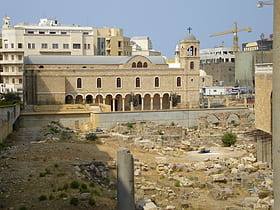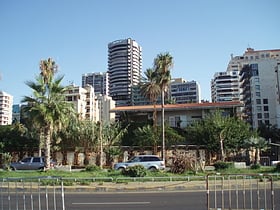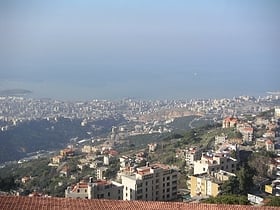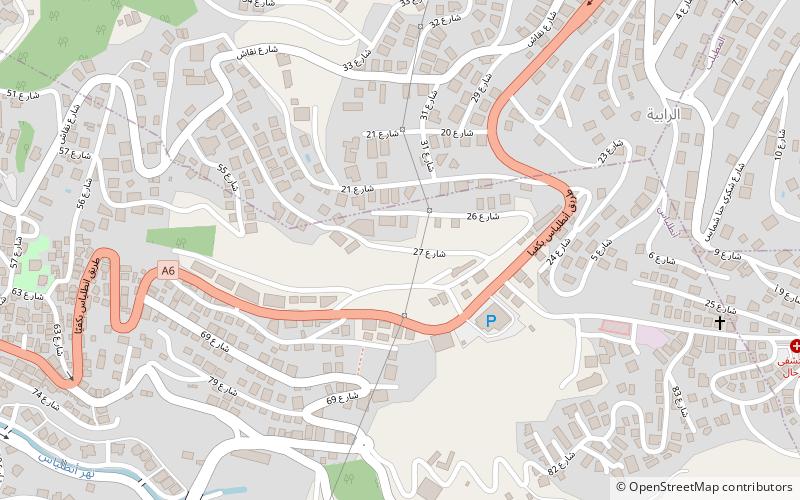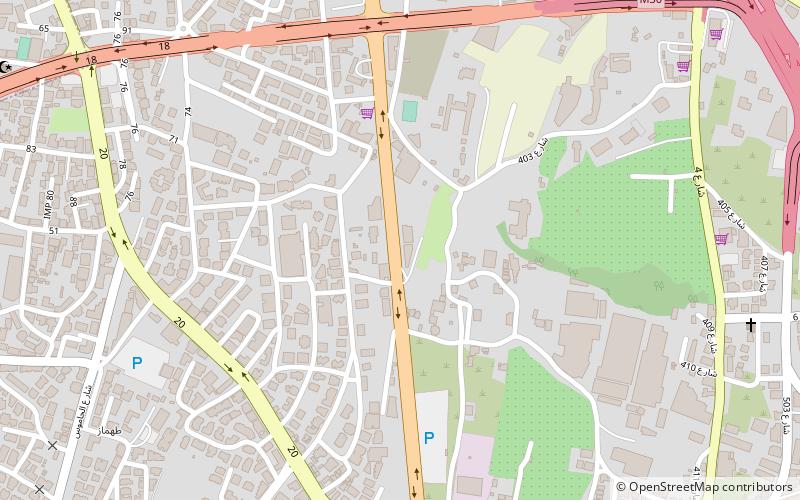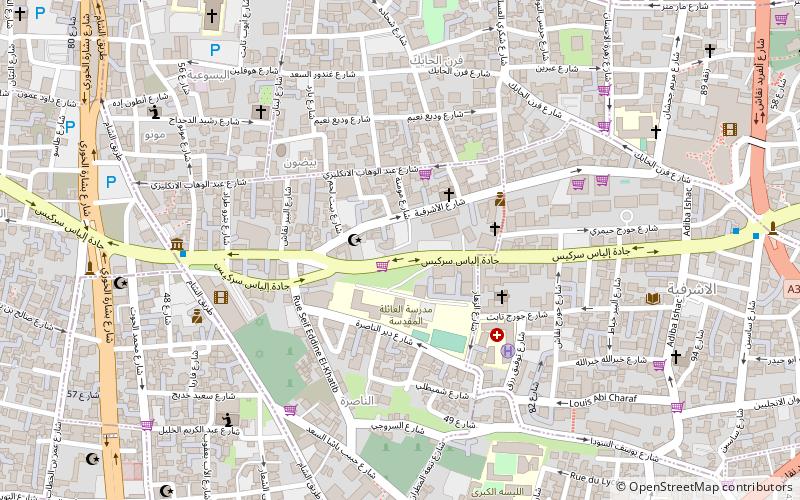Beirut: Archaeological Site
Places and attractions in the Archaeological site category
Categories
- Museum
- Park
- Church
- Neighbourhood
- Memorial
- Shopping
- Area
- Archaeological site
- Art museum
- Archaeological museum
- Street
- Town
- Universities and schools
- Sport venue
- Sport
- Arenas and stadiums
Berytus
Berytus, now nestled in the heart of modern-day Beirut, Lebanon, stands as a testament to the city's rich and ancient history. This historical site was once a prominent Roman city, known for its law school that attracted students from across the empire.
Ras Beirut
Ras Beirut is an upscale residential neighborhood of Beirut. It has a mixed population of Christians, Muslims, Druze, and secular individuals.
Beit Mery
Beit Mery is a Lebanese town overlooking the capital Beirut. The town has been a summer mountain resort since the times of the Phoenicians and later the Romans. The name derives from Aramaic and means "The house of my Lord".
Ksar Akil
Ksar Akil is an archeological site 10 km northeast of Beirut in Lebanon. It is located about 800 m west of Antelias spring on the north bank of the northern tributary of the Wadi Antelias. It is a large rock shelter below a steep limestone cliff.
Ras El Kelb
Ras El Kelb is a truncated seaside cave and Paleolithic settlement located on the low-lying coast of Lebanon, 8 km north of Beirut. It is one of the oldest habitations found in the country. Rescue excavations were carried out in 1959 by Dorothy Garrod and G. Henri-Martin.
Hadeth South
Hadath is a municipality in the Baabda District of the Mount Lebanon Governorate in Lebanon. It borders the southern periphery of the Lebanese capital Beirut and is considered part of its metropolitan area.
Sands of Beirut
The Sands of Beirut were a series of archaeological sites located on the coastline south of Beirut in Lebanon.
Map

